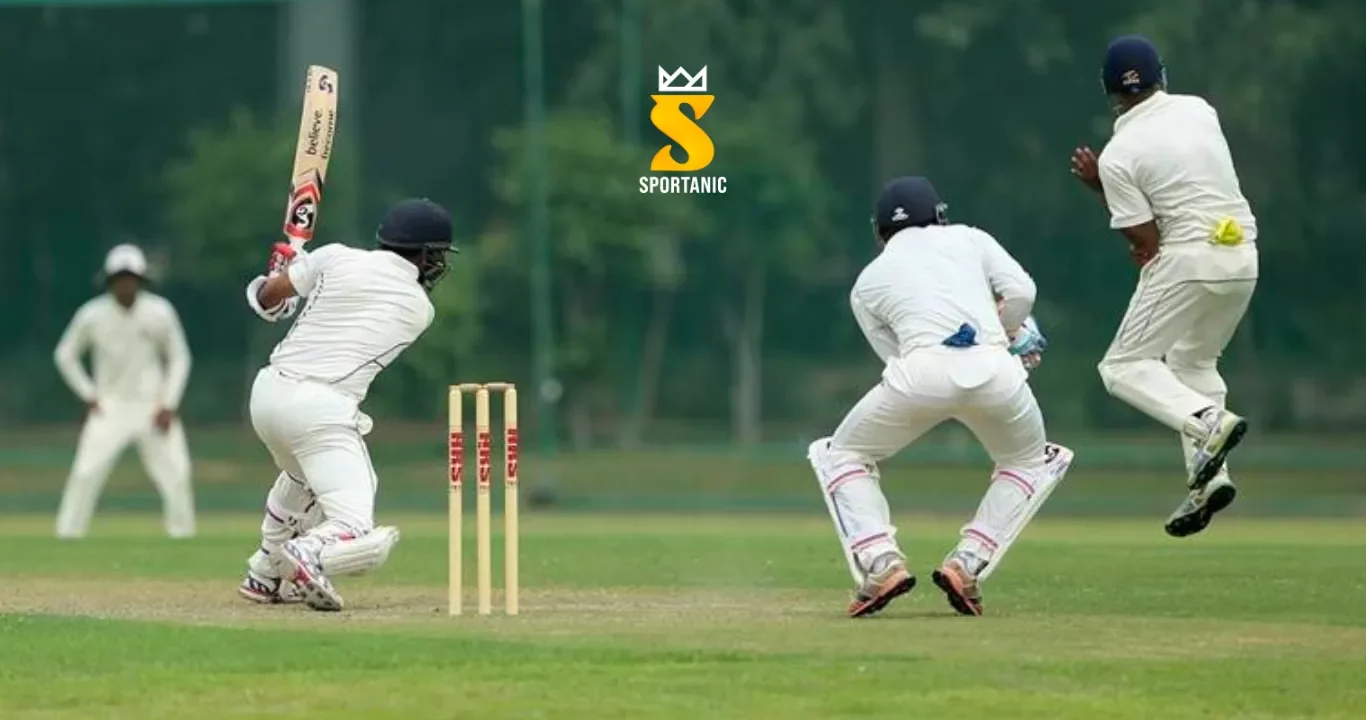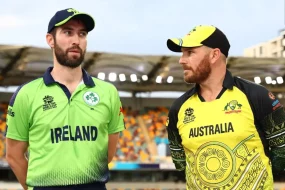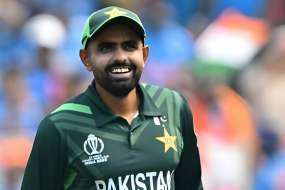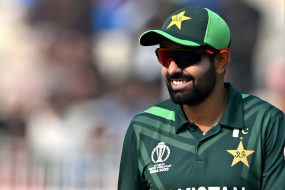
To provide a strong foundation for the structure of any sport, there belongs a strong infrastructure and platform from which players, especially younger ones, can hone their skills and become a star. In modern-day cricket, many excellent players like Virat Kohli, Joe Root, Kane Williamson, etc are the product of their country’s domestic structure.
Domestic cricket provides a platform for current International players to further polish their skills, and at the same time, it provides the national teams with a pool of seasoned capped or un-capped players who can fill the shoes of the main players, if in case.
Hence, there is no undermining of the importance of Domestic Cricket. So, let’s break down the Domestic structures of different cricketing nations and see how they are grooming their raw talent and feeding their international circuit.
INDIA: Land of the Greats
When we talk about India, we think of many great players like Sachin Tendulkar, Rahul Dravid, Sourav Ganguly, Virender Sehwag, Virat Kohli, etc. But how India was able to produce such amazing cricketers? The answer to this question lies entirely in their competitive domestic cricketing environment. They’ve created such an amazing infrastructure at the national level, which has made them able to secure their future talents for ages to come.
Domestic Cricket Structure:
Indian Domestic Cricket structure comprises Domestic competitions like The Ranji Trophy, The Duleep Trophy, The Vijay Hazare Trophy, The Deodhar Trophy, The Irani Trophy, NKP Salve Challenger Trophy, and the one and only, Indian Premier League. This mega system feeds the entire Indian national cricketing system. So, you must not consider yourself wrong when you think that the International Indian eleven is the composition of the most competitive cricketers in the entire country, or maybe the world too.
Analysis:
A large number of teams in the competitions ensure that every cricketer in the circuit gets a free and fair chance at getting a shot at securing his place at the national course. This allows very large exposure to the player. Indian Domestic Cricket Structure picks the best players from around the country and creates a large pool of players having raw talent. It grooms them and molds the according to different scenarios and conditions which they are going to face in the future. There is an equal representation of every state and area in India tells us that it is a fair system for a player to be a part of.
Being one of the most successful Cricket teams, India relies mostly on its Domestic structure for a constant supply of talented young men. Their win percentage at the International level tells us the tale of the entire Indian Cricket and how it evolved. From time to time, the world has been reminded of the fact that India has one of the best Domestic structures and it has been in the form of some of the greats of the game.
AUSTRALIA: The Ruthless Kangaroos
No doubt that the Australians are far less forgiving to the other teams when compared to others in approach. The domestic cricket structure in Australia is organized and controlled by Cricket Australia (CA), the governing body for cricket in Australia. The CA is responsible for the development and management of the game at all levels, from grassroots to professional games.
Structure:
The top level of domestic cricket in Australia is the Sheffield Shield, which is a first-class competition contested by six state teams: New South Wales, Victoria, Queensland, South Australia, Western Australia, and Tasmania.
The Sheffield Shield is considered one of the strongest first-class competitions in the world and acts as a pathway for players to progress to the international level. In addition to the Sheffield Shield, there is also a one-day tournament called Marsh One-Day Cup, and a T20 tournament called the Big Bash League.
Both tournaments are played by the same teams as in Sheffield Shield but with different formats. The Big Bash League is considered one of the most popular T20 leagues in the world and attracts a large number of international players. The second level of domestic cricket in Australia is the Futures League, which is a second-tier competition contested by state second-XI teams. The Futures League acts as a pathway for players to progress to the first-class level.
Also Read: A Lost Chapter in Bilateral Cricket
Analysis:
The CA has invested in the development of the game at the grassroots level, with a focus on increasing participation and improving facilities. This has led to a growing number of young players and a more diverse cricketing community in Australia.
In terms of analysis, The domestic cricket structure in Australia is considered one of the most competitive and well-organized in the world. The Sheffield Shield is widely regarded as one of the strongest first-class competitions. The presence of six state teams allows for a high level of competition and a pathway for players to progress to the international level.
The Big Bash League and Marsh One-Day Cup are also highly competitive and have helped to develop Australia’s limited-overs teams. The Futures League also serves as a good platform for young players to showcase their talents.
The national cricket structure in Australia is considered to be a strong foundation for the development of the game and the success of the Australian national team. They have produced the most successful team ever in the history of Cricket, and their trophy cabinet proves all the hard work put behind this mighty success.
Pakistan: The Unpredictable
The domestic cricket structure in Pakistan is organized and overseen by the Pakistan Cricket Board (PCB). The structure includes several levels of competition, including regional and departmental teams, as well as a first-class system and a limited-overs system. As we have seen in the recent past, Pakistan has played some good cricket, But, at times, they’ve failed to produce results in important matches.
Structure:
At the regional level, teams are organized by province and represent specific regions within Pakistan. These teams compete in the Quaid-e-Azam Trophy, which is the premier first-class tournament in Pakistan.
The tournament is divided into two tiers, with teams from the top tier competing for the championship, while teams from the bottom tier play to avoid relegation. In addition to the regional teams, there are also departmental teams that are sponsored by various organizations and corporations.
These teams compete in the Pakistan Cup, which is the premier limited-overs tournament in the country. The first-class and limited-overs systems are also interlinked with the Pakistan Super League, which is a franchise-based T20 tournament, featuring teams from all over Pakistan. PSL has provided the national team with so many talented players in the past few years. The prominent names include Shadab Khan, Fakhar Zaman, Haris Rauf, Shahnawaz Dahani, M Wasim, etc.
Analysis:
The domestic cricket structure in Pakistan is generally considered to be strong, and it has produced many successful players who have gone on to represent the national team. However, there have been criticisms in the recent past regarding the standard of umpiring and the facilities provided in domestic cricket.
The PCB has taken steps to address these issues, such as improving the quality of umpiring and investing in new facilities. Overall, the domestic cricket structure in Pakistan provides a solid foundation for the development of young players and helps to identify potential future stars for the national team.
If Pakistan Cricket is able to restrict the role of politics in their board, it might help them to achieve maximum potential in very few years. If we take the example of Ramiz Raja’s Tenure in the PCB, it was good in the view that the governance and management were brilliant. They generated the highest revenue in the history of PCB. But as the government changed so did the leadership at PCB and this will hat the progress made in the past. It is an important part of the country’s cricket ecosystem and continues to play a vital role in the development of the sport in Pakistan.
New Zealand: The Calm and The Bold
The domestic cricket structure in New Zealand is organized and overseen by New Zealand Cricket (NZC). It has several levels of competition, including regional and franchise teams, as well as a first-class system and a limited-overs system.
Structure:
At the regional level, teams are organized by province and represent specific regions within New Zealand. These teams compete in the Plunket Shield, which is the premier first-class tournament in New Zealand. The tournament features six teams from the main cricketing regions of the country, and it runs for a duration of around 4 months.
In addition to the regional teams, there are also franchise teams that are formed by combining players from different regions. These teams compete in the Ford Trophy, which is the premier limited-overs tournament in the country. It also runs for a duration of around 4 months.
The first-class and limited-overs systems are also interlinked with Super Smash, which is a franchise-based T20 tournament, featuring teams from all over New Zealand.
Analysis:
New Zealand cricket can be described as a strong and well-organized cricketing system. The country has a rich cricketing history and has produced many successful players and teams over the years. The domestic cricket structure is designed to develop young players and identify potential future stars for the national team.
New Zealand cricket is known for its competitive and high-quality first-class and limited-overs tournaments. The players developed through the domestic system are well-equipped to play at the international level due to the high standard of competition and facilities provided in domestic cricket. The New Zealand national team is also known for being a consistent and competitive team in international cricket and have been a regular in ICC events and have also been a semi-finalist in multiple ICC world cup.
England: Lions of the Game
Structure:
In England, domestic cricket is organized by the England and Wales Cricket Board (ECB). The ECB runs several competitions for both professional and amateur teams, including the County Championship (first-class cricket), the Vitality Blast (Twenty20 cricket), and the Royal London One-Day Cup.
The County Championship is contested by 18 first-class county teams, with each team playing a total of 14 matches in a season. The Vitality Blast is a Twenty20 competition featuring 18 county teams, while the Royal London One-Day Cup is a one-day competition featuring the same teams. Additionally, there are several other domestic competitions in England such as the Hundred, Bob Willis Trophy, and the MCC Universities Cricket Championship.
Analysis:
The domestic cricket structure of England is designed to provide a pathway for players to progress from amateur to professional level. The County Championship, which is the premier competition for first-class cricket in England, serves as a platform for players to showcase their skills and potentially earn a contract with a county team or even the national team.
The Twenty20 and one-day competitions, such as the Vitality Blast and Royal London One-Day Cup, provide a shorter format of the game that is popular with fans and can be a showcase for exciting, aggressive play. The addition of The Hundred competition in 2020, which is a new 100-ball tournament, is to connect with a younger audience and to make the game more accessible to a wider audience.
The MCC Universities Cricket Championship also helps to nurture young talent and provides opportunities for university players to showcase their abilities.
Overall, the domestic cricket structure in England is designed to be inclusive and provide opportunities for players at all levels to develop and progress in the game, while also providing a variety of competitions for fans to enjoy.
Conclusion:
If we observe the Cricket Structure of each country, one thing in common is that the honest hard work of the leadership on the Boards is the key to success for them. Nowadays, in pursuit of financial benefits, cricket boards don’t focus on the Domestic Circuit. The perfect example is that of the West Indies. The West Indian Board doesn’t care what the players need. They tend to waste their capable players in International leagues rather than groom them at home and provide them with the facilities to do so.
Overall, these nations have a great Domestic structure with England being on the top of the list for a strong and longest-running Domestic Structure.
Also Read:








